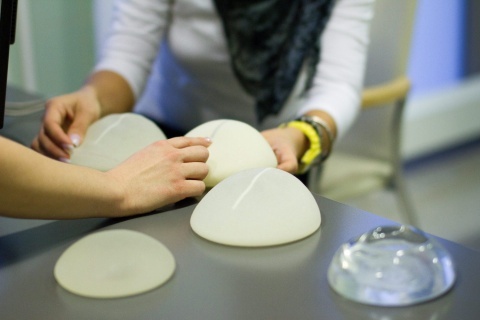

Scientists are researching more about the risk that is caused by “third-hand smoke” after they have found that the chemicals from the cigarette fumes can constitute for about a third of the air particles in non- smoking environments. It has been found out that potentially harmful chemicals from the tobacco smoke get trapped in furniture, carpets, and clothes and can become airborne again and be transmitted through non-smoking or smoke-free places like schools, office blocks etc. Unlike second hand or passive smoking, the health risk caused by third-hand smoke in the air and on the surfaces is less well exhibited.
Another concern is for babies in homes of smokers, lying on carpets and furniture, where the harmful tobacco particles may get trapped.
The problem is created by nicotine residue which sticks to indoor surfaces and later interacts with nitrous oxide gas released by gas appliances and car exhausts and forms the nitrous acid. When these chemicals unite they can lead to the formation of tobacco-specific nitrosamines (TSNAs), which can causes diseases like cancer. This problem can also occur in electronic cigarettes as they also contain nicotine and are used in public spaces. Studies are showing that children are exposed more to third-hand smoke than adults and that these potentially harmful chemicals are spreading widely.




